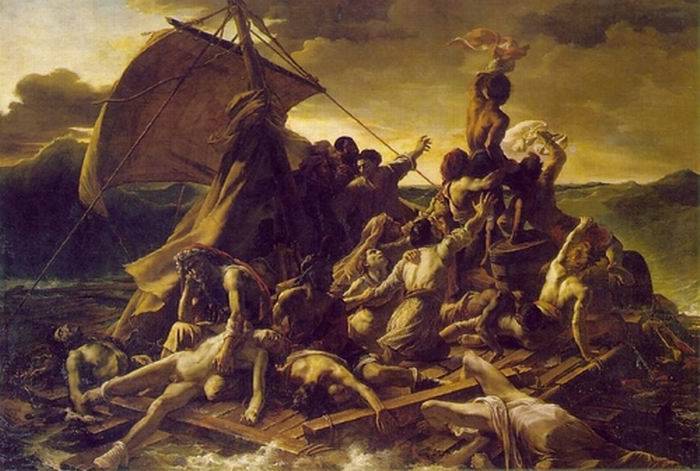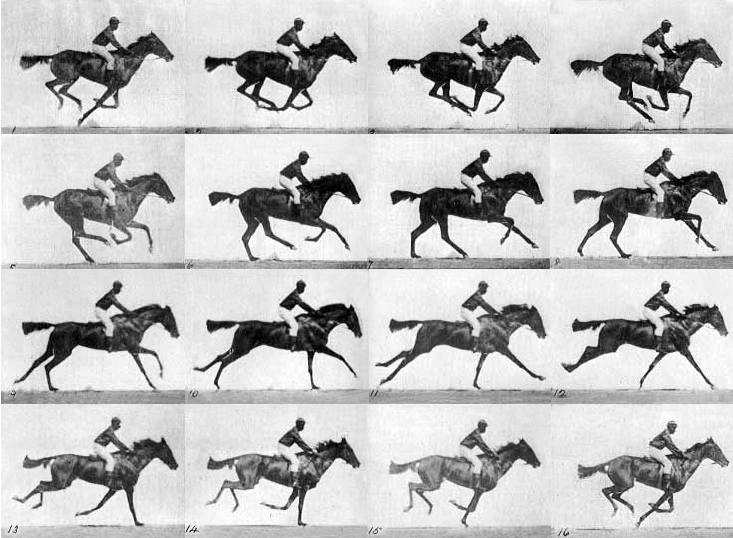I've posted before a little on the connection between horror movies and animals. In the most general sense, my argument is that horror cinema is a necessary outlet or byproduct of social sanction for the outrageous violence of factory farming. After watching "Marley and Me," I have another piece of this puzzle to add.
The genre of sentimental boy-dog books and movies has been around for awhile and to an extent is self-evident. Think "Old Yeller": it's sad as hell, about "boy" stuff, and so provides a way for young males to negotiate emotions that they are going to be expected to generally disavow as "men." "Marley and me" is not directed at boys in particular, but I think it is probably intended as a family film. Really, it's about being a young to middle aged professional, but because of the PG rating it presents that arc through the discursive possibilities of a much younger audience. The end is sad because it is inevitable and (for me) refers to pets that have already died and my living dogs who will someday die. As pedagogical, it also presents adulthood and the end of childhood as part of the inevitability of generational cycling. All this humanization through the life of a dog.
The correlative process of learning emotional restraint is, as Noel Carroll argues, ingrained in horror cinema as a ritual for teenage males. (There's nothing particularly "male" about the process he describes, its just an empirical observation that teenage boys are the biggest fans of horror). Adolescent males watch horror movies to practice confronting fear and mastering it; watching movies in a group then displays this mastery and/or buttresses it through communal mockery.
There's certainly a critique to be made of the repression wrought by the Old Yeller process, but I think it is also important that the existence of such documents serves to maintain that border as fragile. The memory of tears welling up is useful to remember that despite outward appearances one retains the capacity to be moved deeply by the lives of others. A predominance of the horror mindset--seeing the mastery of horror as the mastery of affect--gives a comfort that is not so much false as dangerous. (This links up with my criticism of "Blindness" as well: its subject matter has the potential to be sad or disgusting, and it opts for the latter.)
In sum, cinema has two genres for teaching the control of public emotion (fear) and domestic emotion (love, grief) that are organized by an unspoken connection of the animal body: as object of absolute love and absolute violation.
Jacek Dukaj, ICE
1 day ago








